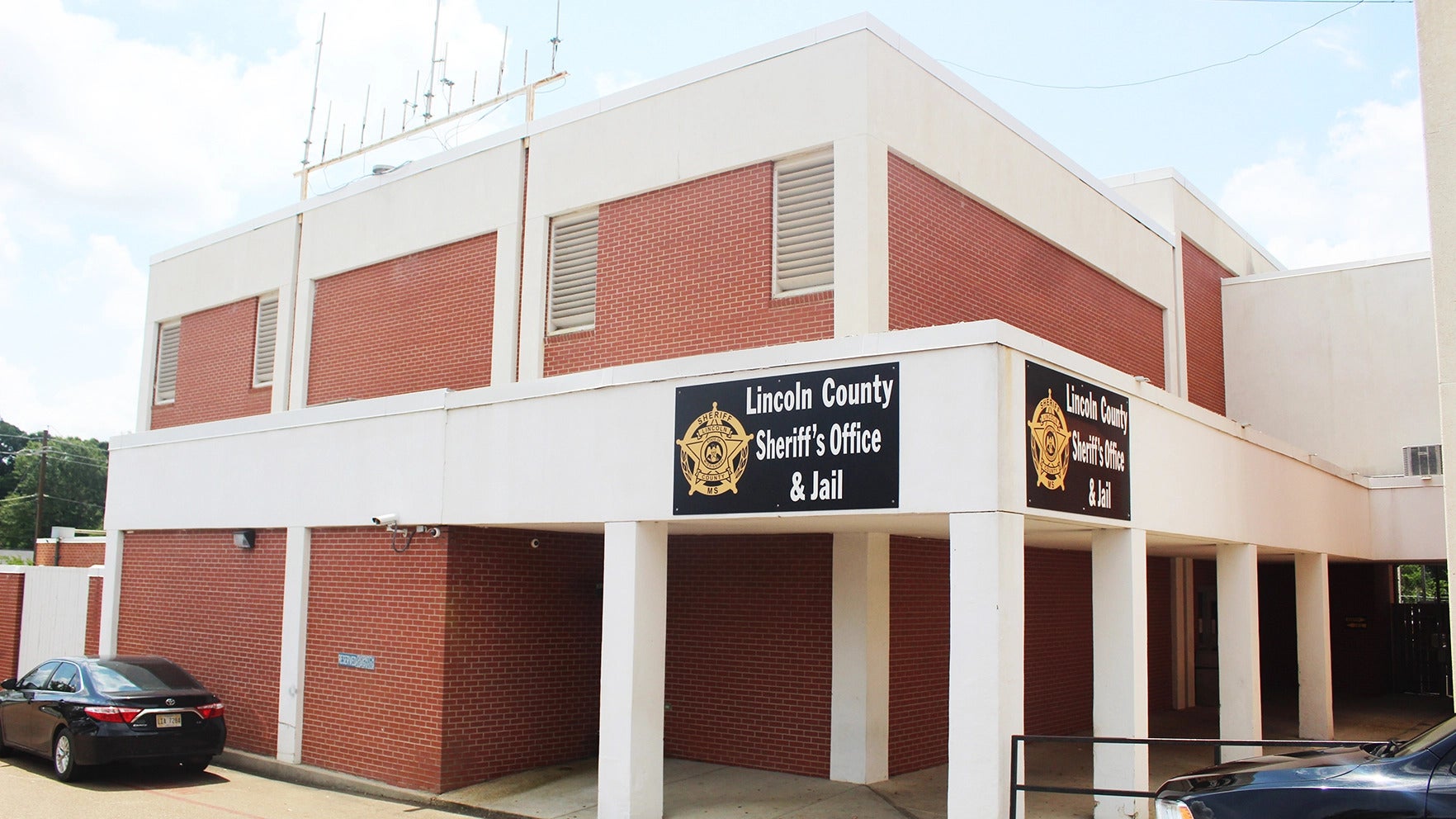Turning brown to green – Fertilizer plant raking in business
Published 5:00 am Friday, July 25, 2008
MONTICELLO – Economic development can take place in many formsand fashions and by the production of all manner of items. But forone rapidly expanding business in Lawrence County, making greeninvolves manufacturing brown – tons of it.
The organic, chicken litter-based fertilizer pellets beingproduced at Organic Growing Systems Plant No. 1 just north ofMonticello has become so popular among farmers, gardeners andlandscapers that the plant is operating around the clock. Thatdemand has resulted in a 300 percent increase in sales sincespring, said OGS Chief Operating Officer John Strickland.
“We’re looking like the cute chick at the prom right now,” hesaid. “Before, no one wanted to dance with us. Now, they’re liningup. At the beginning of this year, we outsold our production, whichis a problem we’ve never had before.”
Strickland said the plant, which saw the installation of asecond production line in May, has its 14 employees working allthree shifts to manufacture around 50 tons of fertilizer per day.The refined chicken poop is exported in 12, 22-ton truckloads perweek, with the rest divided into one-ton super sacks and 40-poundbags. The fertilizer sells from anywhere between $350 and $450 perton, with a single truckload valued at around $8,000.
So far, Strickland said, the plant is on course to injectapproximately $2.5 million into the Lawrence County economy throughproduction, payroll and local contracts. He expects that number toincrease substantially before 2009, as OGS has plans in motion thatwill more than double the size of the plant.
“We can’t keep up – we’re expanding like crazy,” said plantmanager Ken Napier, who arrived in February to oversee theboom.
Napier said a third production line is set for installation inearly August, with a fourth line anticipated for September. Planscall for the installation of a fifth line by December, which shouldincrease the plant’s employment to 50, Napier said.
As the third, fourth and fifth production lines are installed,Napier said the plant would have to seek a second facility,probably somewhere nearby, to serve as its distribution hub. Theexpansion of production will require all of the space in OGS PlantNo. 1 currently used for shipping, he said.
Robin Borden, the plant’s chief agronomist and director oftechnical services, said he anticipates the plant to reach abovethe $20 million mark by 2009. He said the plant is destined forsuch a number because it’s reaching out to markets never beforeserved by the organic fertilizer industry.
“Plants like us have always stayed small, serving the localcommunity,” he said. “Few break even and many go out of businessbecause of it.”
Borden said OGS is doing business with local farmers – whoreceive price concessions on their purchases as the plant’s way ofhelping its home state – but is also shipping its fertilizer toCalifornia, Louisiana, Texas and has a growing customer base inSouth Florida. The plant is also supplying the gardening needs ofseveral top-notch golf courses like the Dancing Rabbit Golf Course,TPC Louisiana and the New Orleans Country Club.
Strickland said the main reason OGS is experiencing such anincrease in business is because of high fuel costs, which havedriven the cost of synthetic fertilizer to almost unattainableamounts.
“Synthetic fertilizer prices have skyrocketed,” he said. “It’smind-blowing where the prices are – they’re not even giving quoteson synthetic fertilizer prices from one day to the next.”
Strickland said synthetic fertilizer, which is manufactured withthe use of petroleum products, has risen in price by 200 percentsince last year. Synthetic fertilizer was selling at $792 pertruckload in early July, he said, which is twice the price of atruckload of OGS organic pellets.
Organic fertilizer also has an environmental quality that makesit preferable to synthetic fertilizer. Strickland said OGS’sproprietary ingredients and production method make the fertilizertotally organic, leaving no nitrates to drain into rivers, streamsand water supplies.
Strickland said the fertilizer is economical because of its slowrelease. The fertilizer breaks down in soil over the course of70-90 days, he said, and enriches the soil over time.
Randy Smith, an area agronomist with the Mississippi StateUniversity Extension Service, said the fertilizer’s slow releasequality is beneficial during growing seasons.
“It will be sitting there waiting for you, and that’s apositive,” he said. “If I can put that fertilizer out early in theseason and it carries me longer into the season, that’s a winnerfor me.”
Smith said the OGS product is “doing a dang good job” as far asits horticultural application, but how it will perform when appliedto forage and row crops remains to be seen. The MSU ExtensionService is only in the early stages of testing and evaluating itsuse in food-producing agriculture.
“How it’s gonna fit into that situation, we’re just up in theair right now,” Smith said. “Until we got some stuff planted, we’renot gonna know.”
Smith said agriculturalists will have to evaluate, pound forpound and price for price, whether OGS’s fertilizer can do as gooda job as equal concentrations of the Diammonium phosphate found insynthetic fertilizer. The MSU Extension Service has no data toanswer this question, he said.
Smith said there are indications that OGS’s fertilizer isworking.
“I haven’t heard of any complaints, and I’m out there every dayin the field,” Smith said. “We wouldn’t be working with thisproduct if we didn’t think there was a possibility of it beingsomething positive. (OGS) has repeat sales – if a product don’twork, you don’t have to worry about repeat sales. When you look atmarkets and need assessments, something’s jiving.”
Lawrence County Community Development Foundation Director BobSmira said OGS is marketing the right product at the right time,and he is quite pleased about the economic impact the plant ishaving on the county.
Smira said the plant, which has been in existence for about 10years as Agro Organics, was only producing about two tons offertilizer per day before OGS acquired it and stepped upproduction.
“From an economic standpoint, it’s exactly what you want tohappen,” he said. “Something exists in the local economy and youadd to it and grow it.”
Smira said the only downside he can see thus far is supply. OGSPlant No. 1 obtains all of its chicken litter through contract witha local chicken farm, and Smira is worried that poultry growers maywant to keep their litter for sale to other emerging industriesthat use it for energy production.
“The supply of litter has to be constant,” he said. “With thegrowth (OGS) is looking at, their supply has to increase aswell.”
So far, however, the plant is doing great business, Smira said,and fulfilling one of his strategies for economic development. Theonly negative side to the business is, of course, the smell.Fortunately, local residents have not complained.
“If we run across an industry that has a product that has asomewhat offensive odor, we certainly aren’t going to turn it downbecause we already have one out here no one really complainsabout,” he said. “If it can create more jobs, let’s go for it.Smells like jobs to me.”





